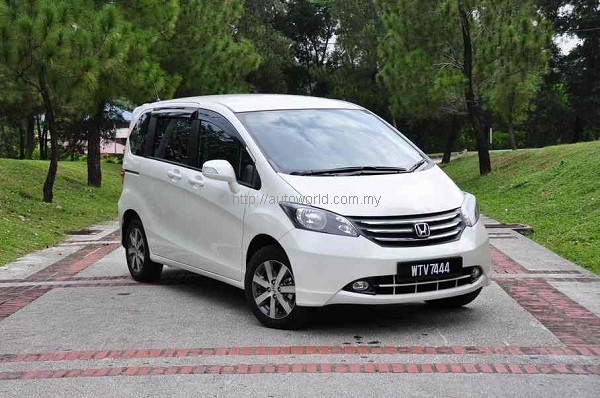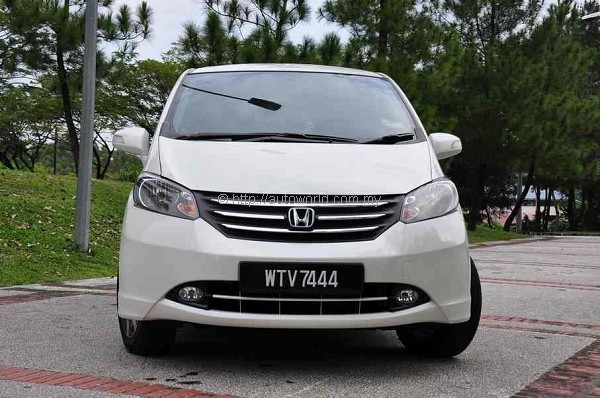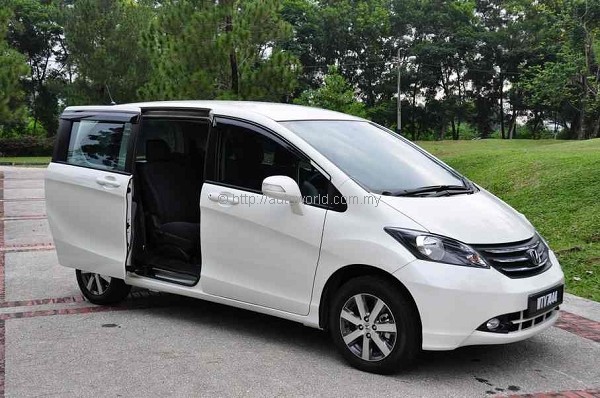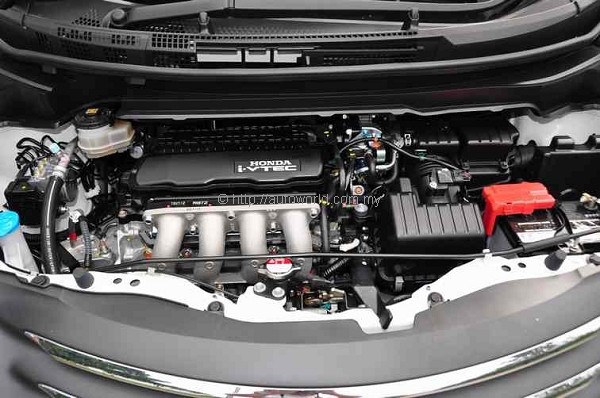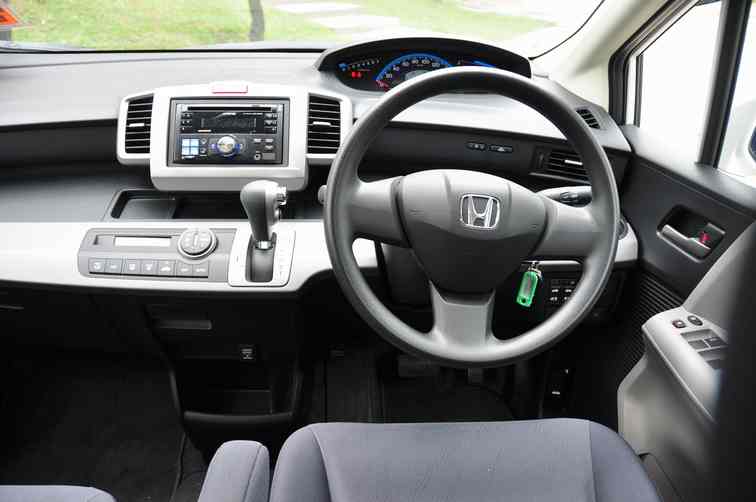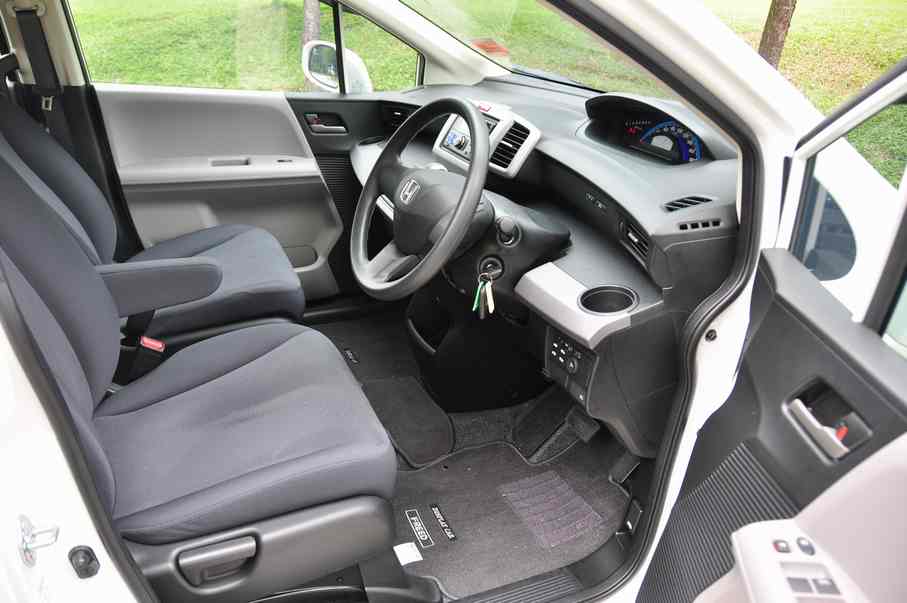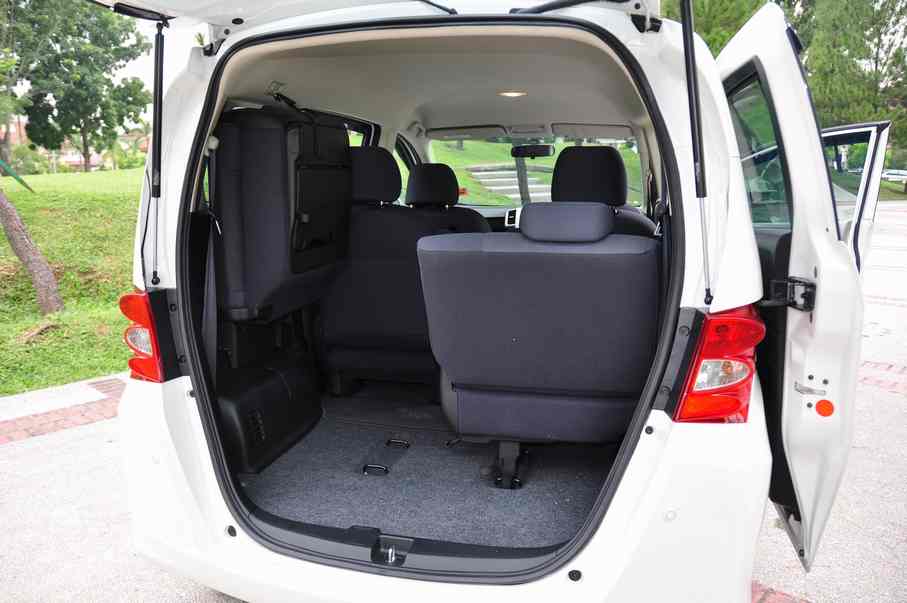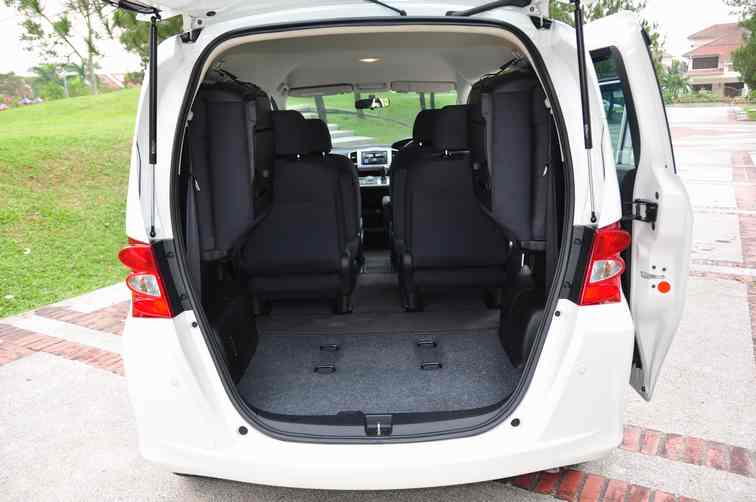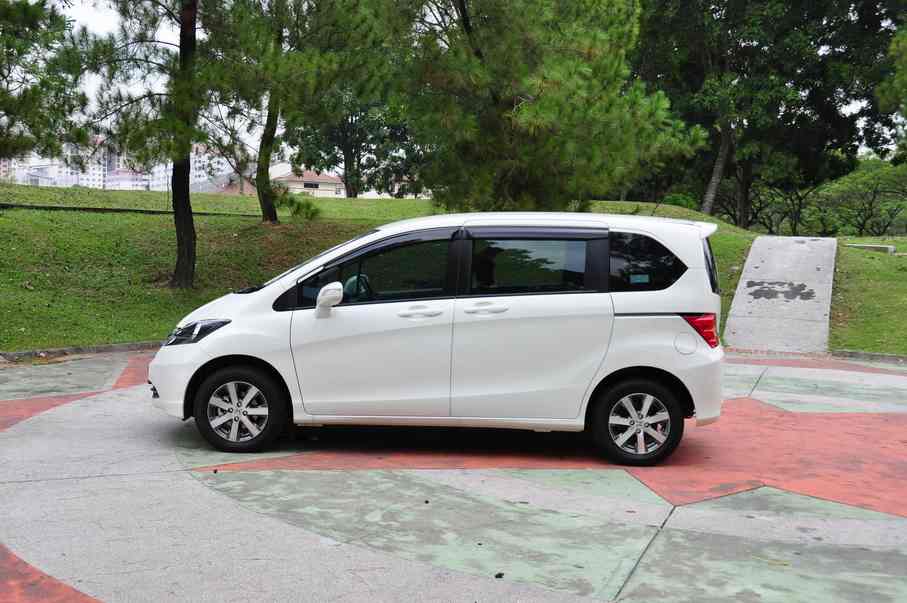Honda FREED – Honda’s Foray into the Small MPV Market
By now, you would already know that Honda have launched the Freed – some of us may have seen some gray market imports from as far back as a year ago, but it is here now, available at the official Honda dealers nation-wide.
Off hand, I would say the Honda Freed is a niche vehicle – in the sense that it is designed to fit a specific niche in the market – in this particular case, I figure it would find appeal amongst Honda fans who find a Honda Civic’s seating or carrying capacity lacking, but find the Honda Stream a little too big, or perhaps a little too ‘out of pocket’. The Honda Freed makes a viable alternative, as it not only offers seven seats, but is compact in dimensions as well. With it also comes superb fuel economy, which helps quite a bit in the long run, at least where the pocket is concerned.
For Honda Malaysia, introducing the Freed into the Malaysian market not only adds to its choices available to Honda customers, but it also expands its reach into the MPV market, stretching downwards by offering a compact MPV at a more affordable price of RM112k. This price does appear to be a little high when you compare this price against what competitors are offering for compact MPV’s but after all, this is a Honda, and it offers some interesting features that are not found in the others, such as a power-sliding door on each side, and the most powerful engine in its class.
The Freed, in terms of looks, is much like a City, but stands a little taller. At the front is a short snout where the engine is, the design concept being derived from a simple triangle in the front followed by a square at the rear, put together to form a ‘triangle-box shape. There is not much one can do about the box at the rear, except some sculpting to make it a little more rounded, and one can see the designers have tried to make the rear end a little more palatable by sloping the rear door inwards from the top down. In terms of practical space, however, the Freed has plenty of it, and even tall people can sit in it without any problem. In terms of looks, I did not quite like it at first glance, but after driving around in it and appreciating what it does offer versus a conventional sedan of the same engine size, the shape kind of grew on me, and now it actually looks quite cute. As a point in passing, it has been said that the Japanese buying public nowadays will go for anything that is ‘kawaii’ (Japanese word for ‘cute’), which, other than the fact that it is a Honda, explains its success in Japan where it has been selling very well for the last couple of years.
The driver and passenger get a car-like environment, while the middle row passengers get the MPV rendition, with ‘captain’s chair individual seats. The rear-most seats are made for three, but in actuality are two seats that split and fold up into the sides to provide a usable stowage space for large articles. Honda calls it ‘4 Plus Ideas’, which I take to mean that this is a 4-seater as prime, with versatility to carry another three more at the rear or anything else that may suit an active lifestyle. Things that can go in with the seats folded would be a mini bicycle, luggage of all sizes, pots, plants, and anything that you might find difficult to move around in a car.
The most endearing feature would be the two sliding doors, one on each side, electrically powered; these doors can be opened simply by pulling once on the door handles, or using a remote on the front under-dash, or from the key remote. The driver can activate the rear doors from his seat, or form his key remote when approaching the vehicle and this makes quite an interesting first impression.
Inside, the Freed offers extremely good head clearance with a high roofline, and plenty of legroom, at least for the front and middle rows. What is left for the third row will depend on how considerate the middle row of passengers are; sliding the middle row all the way to the back to maximise legroom will only cramp the ones at the back. With some juggling, it is possible to come to some kind of ‘middle path’ compromise. Like all 7-seater MPV’s, unless you are talking about a huge monster like the Ssangyong Stavic or the Hyundai Starex (both of which would be fantastic as 7-seaters, except that the importers have decided to make them into cramped 11-seaters), the Freed is basically meant as a 4-seater, with additional seats at the rear to take another three (smaller) passengers. In any case, most 7-seaters generally are not made for long hauls, especially if you need to carry luggage for the occupants as well, and it is the same case with the Freed.
The Freed comes with a 1.5 litre i-Vtec engine that is an adaptation of the Honda City engine, and a 5-speed automatic transmission. Somewhere along the line, the engine has lost 2PS (the City has 120PS), and a spokesman confirmed that this is due to the slightly different configuration of the intake manifold which is different in the Freed, ostensibly to fit it into the engine bay. Nevertheless, the 118 PS power easily puts the Freed at the top of its class for compact MPVs. The 5-speed automatic transmission is a notch up compared to the 4-speed transmissions offered by the competition in this class of vehicles. In terms of performance, the 1,355kg weight of the Freed slows it down a mite, but the final drive ratio has been ‘shortened’ to mitigate the additional load – the result is good get-up-and-go, not as quick as the City, but decent enough that during the media drive that took us from Kuala Lumpur to Penang, the lead and chase Honda CRV’s had a hard time trying to keep up with the Freeds. Top speed recorded by some of the media (when it was safe to do so) was 180 km/h (indicated speed), which is pretty decent.
If you ask me, I would say that there is ample power for the typical buyer of such a vehicle – it would be one who requires the additional carrying capacity more than he or she needs outright power – for that, you can always opt for the City or the Jazz, which carry the same basic mechanicals, but are lighter, lower, and therefore are more nippy. Acceleration is not heart-stopping, nor will it burn much rubber, but it is quite respectable. On long outstation trips, if you are law-abiding, and in not too much of a hurry, you will actually find it quite pleasant to drive.
The Freed is in its ‘sweet spot’ at around 110 – 120 km/h, moving effortlessly on the highway, and requiring only a light throttle to maintain speed. Fuel consumption is best at around this speed; it really depends on how heavy-footed you are. We had two Freeds on the return journey from Penang to Kuala Lumpur driven by two different groups in the same convoy – one had a little less than half tank left when we arrived after a 380 kilometre journey, while the other had the reserve tank warning light on. For the record, the Freed has a 42 litre fuel tank. I glean from this that it is possible to get a range of around 400 kilometres to 500 kilometres per tank of fuel, depending on your right foot. Compared to the Honda City, the Freed is a little thirstier – but compared to its competitors, it does seem to fare quite well.
The suspension is similar to that in the Honda City – as the Freed is built on the same base platform – the front is a Macpherson strut arrangement with a stabilizer, while the rear is an H-shaped torsion beam that allows a little bit of flex. Naturally, it would be sprung to cater for seven people, so when it is empty, you might find the suspension a little on the stiff side, but to be fair, it is not jarring. Brakes are ventilated discs at the front, and drums make up the rear. We had no issues with the brakes at any time. The list of safety equipment includes ABS, EBD (electronic Brakeforce Distribution), and BA (Brake Assist).
On the road, the Freed is well behaved. It is quite stable around corners, and the ride is on the firm side of comfortable with three or four people on board. Observing the Freed from another vehicle, I note that it holds its line quite well, with minimal roll – however, sitting inside one, you might feel differently – this is because you would be sitting a little higher up than in a normal sedan, and any sideways movement is exaggerated. Once you come to terms with this fact, you will settle down to enjoy it more. Personally, I find it quite pleasant to drive.
At the end of it all, I would say the Honda Freed is a practical runabout for small families that occasionally require additional carrying capacity; it does make a good commuter for people who car-pool to work. Its compact dimensions make it easy to park, and the 1.5 litre aluminium engine runs without making a big hole in your pocket. Finally, the Freed is an additional offering for customers who are looking for a vehicle of this sort, and want it from a brand they can trust.




